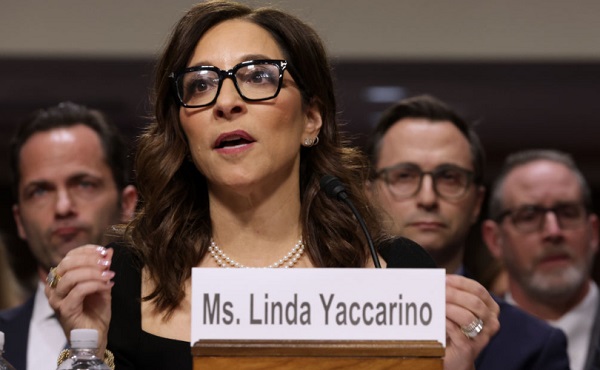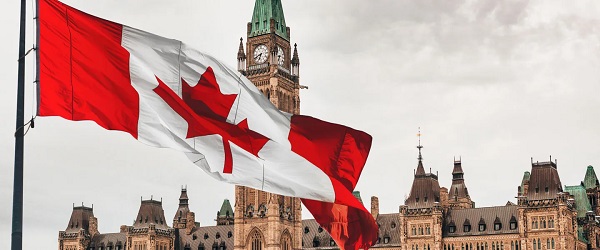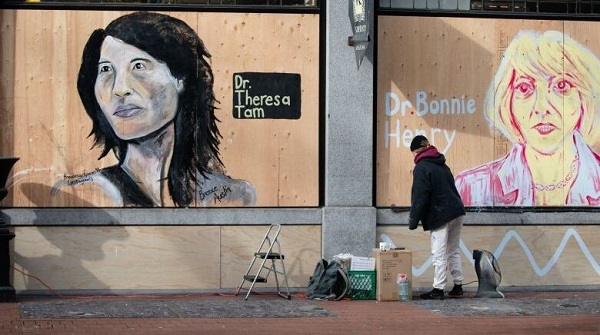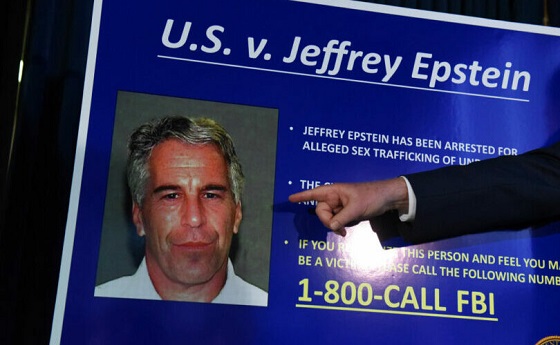Community
Council Candidate Jim Kristinson – Crime and Policing in Red Deer

During this campaign we are hearing from several candidates about policing and crime. I have been saying for several years that Red Deer needs its own police department. We currently have a Municipal Police Department in Red Deer. I strongly believe that we need to increase this police force and arm and train them to do actual crime-fighting duties rather than traffic and bylaw enforcement only.
One candidate has recently posted a variety of statistics on crime in Canada, in Alberta, and in Red Deer. I agree with everything he said in his post. But statistics are just numbers; we need to get a feel of the people that are being affected by crime in our city. I recently heard from a lady who related an incident in which some thieves were video-taped trespassing and stealing in a back yard. The RCMP told the victims that they had no recourse since the police didn’t catch the perpetrators in the act of committing the crime.
A cousin of mine spent his whole career as a member of the Medicine Hat City Police force. He saw first-hand how the members there took pride in protecting the city, since it was their home. They raise their families there, and want a safe, crime-free environment for their kids. They are invested in their community, and take pride in doing their jobs well.
Currently we are spending $23 million each year to have the RCMP policing our city. I believe that money would be better spent enlarging our municipal police force, training them to do the job that the RCMP should be doing for us, and hiring people who want to live here and raise their families here.
There are three levels of crime in Red Deer that we need to focus on. The first of these is the international drug cartels and national organized crime syndicates. These fall under the purview of the RCMP, and the RCMP should continue to investigate and prosecute them. The second level of crime is the local organized crime gangs. This level of crime is slipping between the cracks of our policing. The RCMP spend a majority of their time investigating property crimes, which are being committed largely by those who are trying to support an addiction, and are compensated by the local gangs for shoplifting, stealing from residences, vehicle thefts, etc. These crimes are becoming more violent recently, since the perpetrators realize that the police are too busy to go after them.
I believe that by having a city police force that will go after the local organized crime, we can start to reverse this trend towards violence, and start to deal with the epidemic of property crimes that are plaguing our community.
Thank you for taking the time to read this, and I would welcome any feedback you may have on this issue.
Jim Kristinson
Candidate for City Council
Community
Support local healthcare while winning amazing prizes!

|
|
|
|
|
|
Community
SPARC Caring Adult Nominations now open!

Check out this powerful video, “Be a Mr. Jensen,” shared by Andy Jacks. It highlights the impact of seeing youth as solutions, not problems. Mr. Jensen’s patience and focus on strengths gave this child hope and success.
👉 Be a Mr. Jensen: https://buff.ly/8Z9dOxf
Do you know a Mr. Jensen? Nominate a caring adult in your child’s life who embodies the spirit of Mr. Jensen. Whether it’s a coach, teacher, mentor, or someone special, share how they contribute to youth development. 👉 Nominate Here: https://buff.ly/tJsuJej
Nominate someone who makes a positive impact in the live s of children and youth. Every child has a gift – let’s celebrate the caring adults who help them shine! SPARC Red Deer will recognize the first 50 nominees. 💖🎉 #CaringAdults #BeAMrJensen #SeePotentialNotProblems #SPARCRedDeer
s of children and youth. Every child has a gift – let’s celebrate the caring adults who help them shine! SPARC Red Deer will recognize the first 50 nominees. 💖🎉 #CaringAdults #BeAMrJensen #SeePotentialNotProblems #SPARCRedDeer
-

 Also Interesting2 days ago
Also Interesting2 days ago9 Things You Should Know About PK/PD in Drug Research
-

 Business2 days ago
Business2 days ago‘Experts’ Warned Free Markets Would Ruin Argentina — Looks Like They Were Dead Wrong
-

 Business1 day ago
Business1 day agoCannabis Legalization Is Starting to Look Like a Really Dumb Idea
-

 Business2 days ago
Business2 days agoWEF-linked Linda Yaccarino to step down as CEO of X
-

 Business1 day ago
Business1 day agoCarney government should recognize that private sector drives Canada’s economy
-

 Bruce Dowbiggin1 day ago
Bruce Dowbiggin1 day agoThe Covid 19 Disaster: When Do We Get The Apologies?
-

 Media1 day ago
Media1 day agoCBC journalist quits, accuses outlet of anti-Conservative bias and censorship
-

 Automotive2 days ago
Automotive2 days agoAmerica’s EV Industry Must Now Compete On A Level Playing Field







